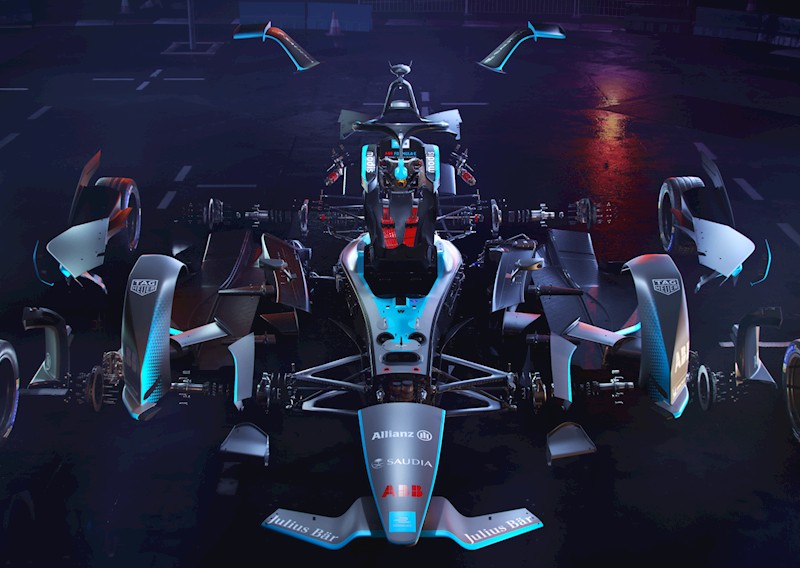New brake technology is usually developed to make things better: to make cars safer, and to make brake systems easier to use. But of course, there are always some people that just can’t be satisfied. One example are race car drivers, competing in Formula E.
Formula E is a single-seater championship, founded in 2014. The racing cars are fully electric, they generally race on street-circuits, and an average race takes 45 minutes. Over the years there has been a lot of hype around Formula E, with big brands and famous drivers moving in, and with fast-evolving technology.
On one crucial matter however, the car’s technology was rather outdated: the brakes. The brake system of the cars used in the 2017-18 season still used a mechanical brake system, instead of a brake-by-wire, which is now the common standard in many other championships, including Formula 1.
There was a reason for that. As with any other electric vehicle, a Formula E race car generates electricity under breaking, this electricity is goes directly to the electric motor, which is located over the rear axle.
Generally speaking; the more you brake the more electricity is being generated. But in racing, braking too much means going slow. So drivers have to find a delicate balance between braking and regenerating. This balance may differ on each track, and also depends on weather and altitude. A driver who is really good at this balancing act thus has an advantage over a driver who is less good in finding balance.

This advantage however will disappear for the upcoming 2018-19 season, because the new ‘Gen-2’ Formula E car will feature brake-by-technology. With this system in place, it will be the computers that make the calculations to find the balance between braking and regenerating, not the driver, so the good ones loose their advantage.
This will make driving the Formula E car more easy, because the drivers simply don’t have to worry about the brake balance anymore. Naturally, some don’t like that. Former series champion Lucas di Grassi says the new brake system really is a “driver aid”, and makes driving far too easy.
In theory, the new system makes for a more level playing field. But oddly, teams are free to develop their own brake-by-wire system, with any supplier they choose. This means that the balance for solving the brake-regeneration puzzle shifts away from the driver even further, and into those teams with most money on hand.
More controversy is on the way, because for the 2020-21 season the championship plans for a totally new setup with four wheel-mounted motors. These motors will be controlled by even more computers, calculating the exact amount of power needed in each corner on each wheel.
Perhaps it is better to move to autonomous racing cars, and ditch the drivers altogether…